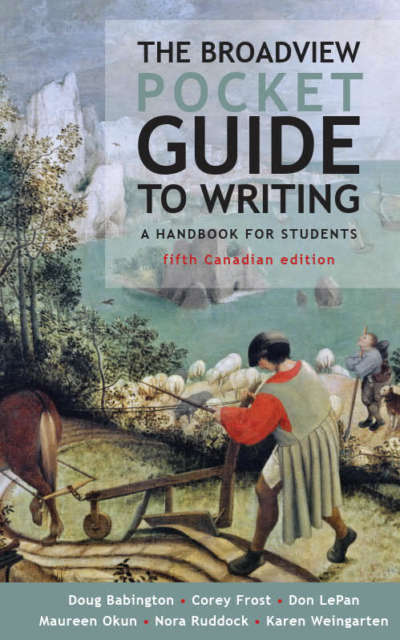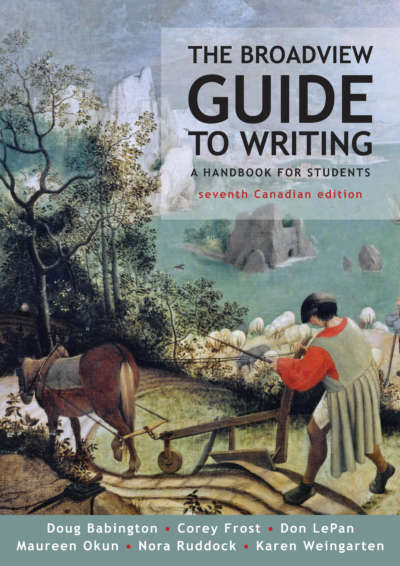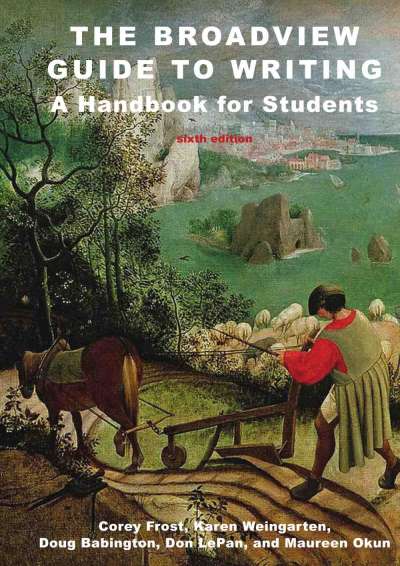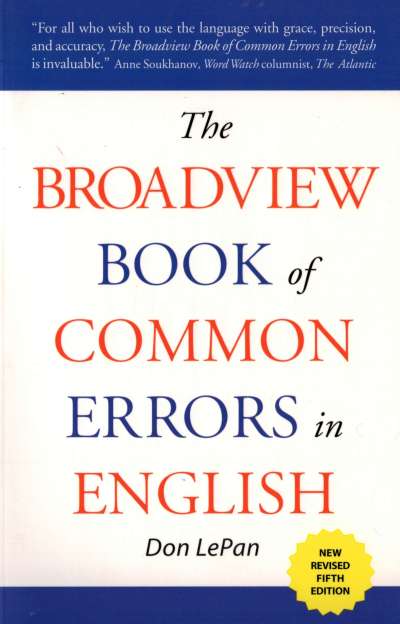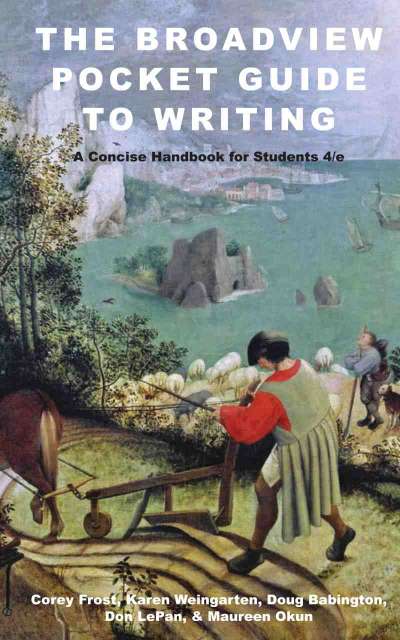Compact and convenient, The Broadview Pocket Guide to Citation and Documentation, Third Edition includes information on MLA, APA, Chicago, and CSE styles of citation and documentation. Based on the “Documentation” chapter in the acclaimed Broadview Guide to Writing, this volume has been expanded with additional examples and has been fully updated to cover recent changes such as the 2020 APA and 2021 MLA updates.
The book discusses summary and paraphrase as well as direct quotation, and it includes an extensive treatment of how to integrate quoted material into the text of an academic paper. There is coverage, too, of what constitutes plagiarism—and of how to avoid it.
Comments
“The third edition of The Broadview Pocket Guide to Citation and Documentation is an excellent and affordable one-stop resource for beginning and advanced writers in a variety of fields. The guide includes the three most used citation styles: MLA, APA, and Chicago. Opening with the basics of ‘Choosing When and What to Quote’ and addressing plagiarism concerns, this guide meets beginning writers right where they are. Introductory sections use familiar language to discuss common citation practices before moving onto the distinctions between the various sources and styles. The visually simple table of contents lists traditional sources as well as blog posts, tweets, online videos, and other popular sources, making the guide useful as a quick documentation reference. In the individual sections, there are numerous and varied explanations under each heading; writers are not only shown how to cite, but why, and given examples. There is practical additional material, including a useful list of words and expressions for signal phrases. Entries added since the second edition, such as how to document stock images, photographs, Zoom lectures, and ‘Indigenous traditional knowledge and oral traditions,’ make the third edition significantly more inclusive and thorough than its predecessor. Instructors of beginning through advanced writers will be hard-pressed to find a more compact, affordable, accessible, and comprehensive guide.” — Deirdre Fagan, Ferris State University
COMMENTS ON THE SECOND EDITION“This is an extraordinarily useful, usable, and affordable reference and supplement for students, writers, and editors. More and more, professionals and students are being called upon to document materials in varying styles, especially in MLA, Chicago, and APA, and this guide offers a convenient and clear reference for the most oft employed styles. In particular, the MLA update is extremely welcome given the guide’s inclusion of the new approach to documenting in MLA as well as multiple specific examples of both traditional sources (like print books and academic journal articles) and more recent source types (such as graphic narratives, tweets, and online video). I was particularly impressed with the entries that provided different examples for sources based on the access or presentation model for the source, such as an interview published in print in a newspaper versus an interview accessed via an online video posting.” — Brian Gastle, Western Carolina University
“The Broadview Pocket Guide [to Citation and Documentation] is an efficient and effective tool for all kinds of learners in all academic disciplines and successfully demonstrates the most-used citation styles of the academic curriculum. The Pocket Guide is particularly insightful in terms of defining and avoiding plagiarism with real-world examples of its professional and academic consequences. Its multiple-view approach includes descriptions, examples, and online links which accommodates all student learning styles. Especially welcome are its practical elements—charts of signal phrases, citation tables that help use the new MLA style, bullet points at the end of each section which highlight the most significant elements of each style, and sample essays—all of which provide quick and easy access for students as they write and edit academic papers.” — Aleksondra Hultquist, Stockton University
“The second edition of Broadview’s Guide to Citation and Documentation incorporates everything you need for referencing across style guides into one efficient handbook. The editors include recent changes adopted by the MLA and provide citation information for an expanded variety of digital and live media, from online videos to entries in a wiki. Much appreciated is the extended section on plagiarism, which clearly explains when, and not just how, to cite quoted material—indispensable for students at all levels of research.” — Tabitha Sparks, McGill University


